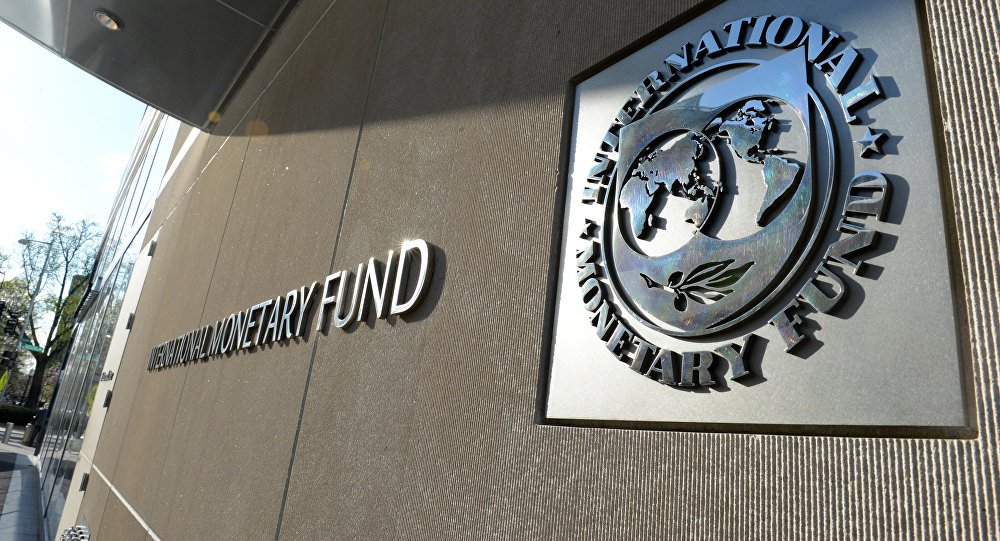COVID-19: Low Income Countries Need $450bn Lifeline, Says IMF
New International Monetary Fund (IMF) research shows that low-income countries need to deploy $200 billion over five years to fight the pandemic and another $250 billion to return to the path of catching up to higher income levels.
Speaking, while previewing the spring meeting, this year,. Managing Director of IMF, Kristalina Georgieva also noted that faster progress in ending the health crisis could add $9 trillion to global Gross Domestic Products (GDP) by 2025 and financial risks, including stretched asset valuations, should be watched.
“Emerging and developing countries with relatively weaker bankruptcy procedures would be more heavily affected by a wave of insolvencies
A co-ordinated green infrastructure push could boost global GDP by 0.7 per cent and create millions of jobs in the next 15 years
“Many tax systems need to be made more progressive to provide resources for better infrastructure and greater internet access” she said, regretting that IMF financing to sub-Saharan Africa, last year, was 13 times more than the annual average over the previous decades.
According to her, economic expansion this year will be higher than the IMF’s January projections of 5.5 per cent whereas expansion in 2022 will equally be higher than the IMF’s prior forecast of 4.2 per cent.
The IMF board had earlier put its broad support behind the process for drafting a proposal to create $650 billion in additional reserve assets to help developing economies cope with the pandemic, with an eye on considering a formal plan.
Georgieva also warned against the danger for a rapid increase in interest rates fuelled by a faster U.S. recovery. This, she speculated, would lead to a sharp tightening of financial conditions and significant capital outflows from emerging and developed economies.
She urged cross-border co-operation to ramp up vaccine production, distribution and deployment; a careful scaleback in support programmes as the pandemic recedes; and investment in health and education.
Meanwhile, the fund observed that
the United States and China are each expected to contribute about one quarter of global growth in 2021.
“The U.S. economy has been bolstered by massive fiscal support, vaccination is expected to become widespread by mid-2021, and growth is expected to reach 6.8 per cent this year, the fastest pace since 1984.



Comments are closed.